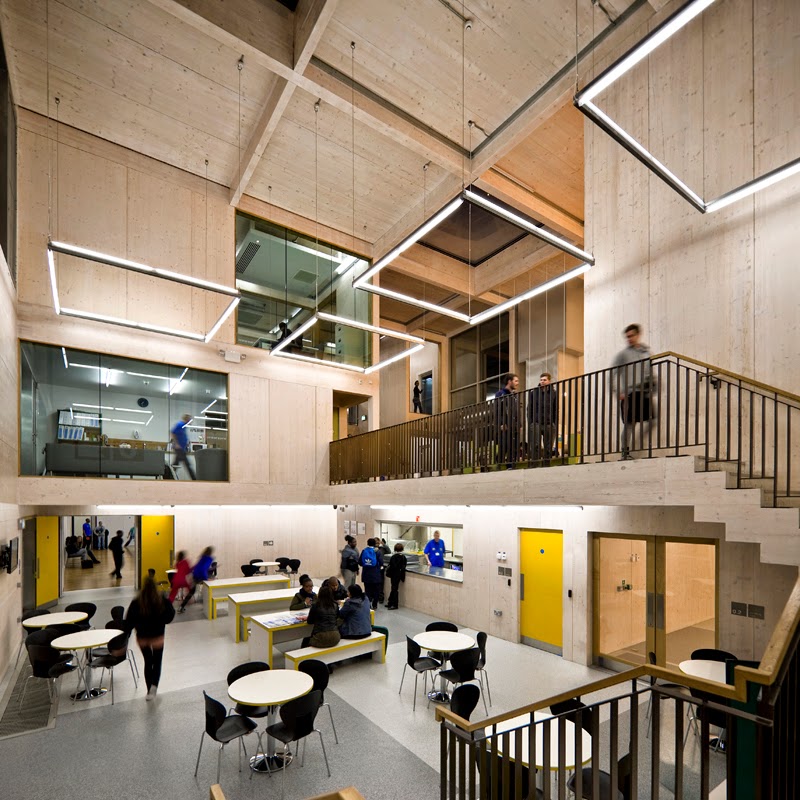 |
| Foodie hide and seek: Bermondsey's spa terminus is a collection of food wholesalers who open to the public on Saturdays |
Last Saturday (Feb 1st) we went to visit Spa Terminus, the collection of food wholesale
businesses that operate under the arches around the remoter enclaves of
residential Bermondsey. This is a weird combination of private space and public
space – Network Rail owns these arches. But Network Rail is a publicly owned
company, so in a way this space belongs to us. Anyway, thanks to an enlightened
agreement negotiated collectively by these foodie business owners, they have long term, affordable tenure and are
able to run their high quality food wholesaling businesses from cool and
spacious premises during the week, opening up their doors to the public on
Saturday mornings so that everyone can share in their bounty. It's highly
priced bounty. But it’s worth it.
Browsing for food in this manner – searching
along the bleak back streets, with little street life to speak of between
blocks of dog-eared social housing and handsome private
flats - there’s an appealing ‘hide and seek’ quality to the experience; not knowing what you’ll find from one set of
arches to the next. And it was always worth taking a look.
 |
| The colours of purple and white frisee lettuce pop out against the brick and concrete industrial setting |
 |
| England Preserves tasting bar shows what a lot of skill, time and top quality produce can yield to the conserve-ator |
There’s
such pleasure to be had in the artisan offer and presentation. We fell heavily
for the Gooseberry and Elderflower jam we experienced at the tasting bar for
England Preserves, not to mention the most divine biscuits I’ve ever eaten (possibly). Made with the left over egg whites from egg yolks needed for their lemon curd, we sampled unbelievably delicious macaroons made just with
oranges, almonds, egg white and sugar (fat and flour free), as well as some pistachio
biscotti. They were the perfect complement to a latte from Monmouth Coffee next door.
 |
| Possibly the best macaroons ever |
And as
you look, you dream, you savour and you plan. It’s like food foreplay. After a spot
of gentle browsing, I already had some lovely meals in my head (and my
rucksack) for the week coming up. This felt like an incredibly civilized alternative
to the weekly supermarket shop. Why
would you want shop any other way? Because it took a whole morning, and I spent over £60….and only had enough food for four meals. And one hell of a rhubarb
crumble.
But I
came home and arranged the groceries along the kitchen counter, like one gorgeous
still life, so our eyes could feast on it for the whole weekend. So if you add in the amount of pleasure to be had from the experience along with the food - and the fact that my 12-year-old daughter, who has never fancied mushrooms, has now fallen in love with them after seeing such an interesting array laid out in the stalls (and then tried them fried, with butter and garlic) and you might recalculate it as time and money well spent.







